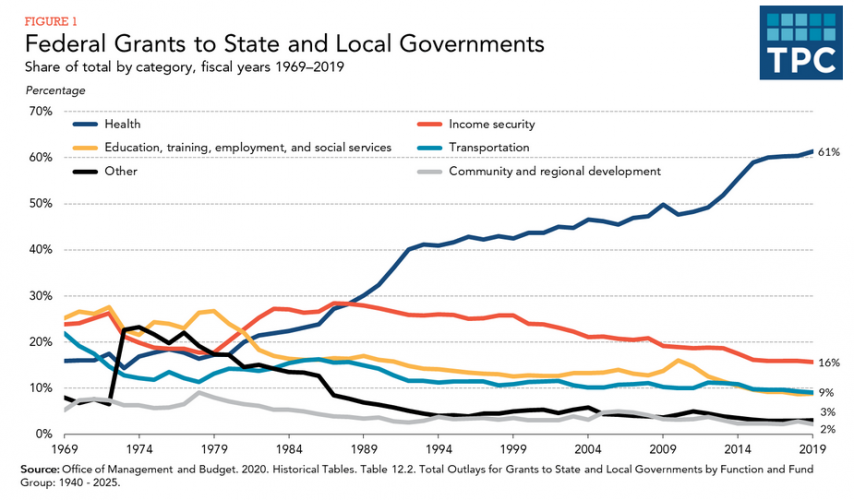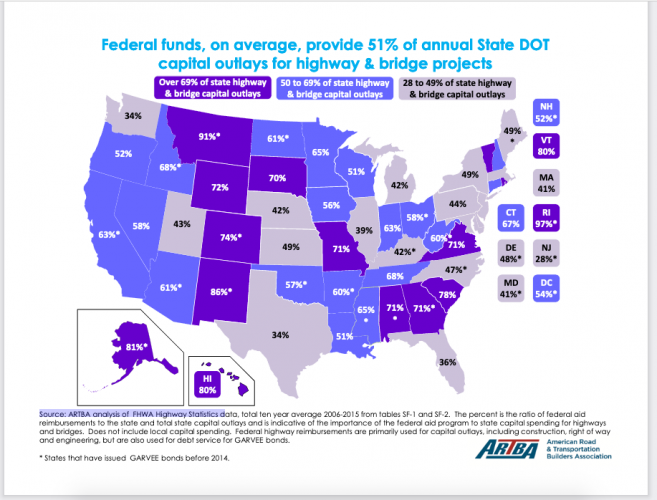D
Deleted member 16014
Guest
I genuinely missed connecting about 7 dots here. What does the map etc. have to do with what we're supposed to do?Nice complete guess - rocket science isn't rocket science when the answer is just to provide more force than you have mass/resistance and make sure you are pointed in the right direction. How do we explain the two Dakotas?








